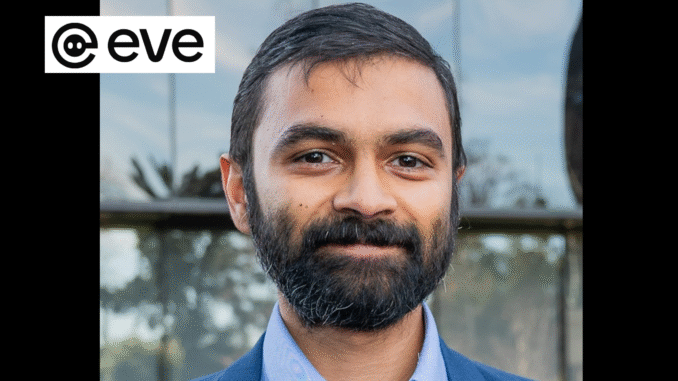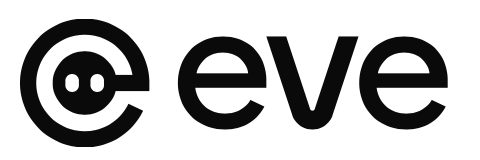
By Jay Madheswaran, CEO, Eve.
For decades, intake has been the quiet weak link of law firm operations. It sits at the intersection of client experience, revenue capture, and operational efficiency, yet too often it’s been treated as an afterthought. Firms spend millions on advertising to make the phone ring, but when a prospective client finally reaches out, the process that follows is riddled with bottlenecks.
The legal industry is now confronting a hard truth: intake is broken. And as the volume of consumer expectations rises – driven by an on-demand economy – the gap between how firms handle intake and how clients want to engage is widening fast.
The intake bottleneck
Traditional intake is a relic of an earlier era. Most firms still rely on a patchwork of voicemail, IVR menus, outsourced call centers, and manually trained staff. The results are predictable: missed calls, inconsistent experiences, and a costly cycle of callbacks.
Research consistently shows the cost of these gaps. According to IDC’s Future of Customer Experience report, 67% of customers cite response time as the single most important factor in choosing a service provider. In the legal sector, the stakes are even higher. A five-minute response window can boost client conversion by as much as 400%. Yet voicemail and delayed callbacks contribute to an astonishing 74% client drop-off rate
That means millions of marketing dollars are being wasted not because the leads aren’t qualified, but because intake fails at the very moment firms can least afford it.
The human cost of ‘bad tech’
Every lawyer knows the frustration. You invest in SEO, broadcast ads, and referral partnerships. The phone rings after hours – at 8:42 pm on a Tuesday – and what happens? A prospect hits voicemail. Or worse, they’re funneled through an outdated IVR system that feels like a punishment rather than an entry point to legal help.
These aren’t just inconveniences. They are existential risks to client trust. In a profession built on responsiveness, empathy, and credibility, starting the relationship with a dead end or generic script sends the wrong signal.
Meanwhile, firms try to plug the gap with costly after-hours answering services. But outsourcing rarely matches the depth of knowledge, tone, or accountability of in-house staff. The result is an expensive compromise that still fails to address the root problem: intake isn’t designed for the always-on client.
Why AI changes the equation
This is where artificial intelligence enters the picture – not as hype, but as a structural solution to an entrenched problem.
Voice AI and intelligent intake systems are designed to work 24/7, without fatigue, without missed calls, and without the training overhead that human-only teams require. They can answer, engage, and qualify leads with speed and consistency. More importantly, they can integrate directly with a firm’s CRM or case management system, turning what was once a disconnected phone call into structured, actionable data.
IDC forecasts that by 2026, over 60% of professional services firms will deploy AI-driven client engagement tools to reduce lead loss and improve time to response. The legal industry, historically cautious in adopting technology, is now under pressure to catch up. Clients don’t compare their intake experience to other firms; they compare it to Amazon, Uber, and Apple.
The real breakthrough lies not just in automation, but in augmentation. AI can capture every detail of an intake call, coach staff in real time, and generate draft intake forms or case summaries instantly. Instead of replacing humans, AI elevates them – freeing lawyers and intake teams to focus on empathy, judgment, and strategy, while machines handle the speed, structure, and scale.
A future built on good tech
Think of intake as a front door. For years, firms have relied on doors that are half-locked, hard to open, or guarded by gatekeepers who don’t know who’s knocking. AI is finally giving the industry a chance to replace bad doors with good ones.
The firms that act now will gain a competitive advantage – not just in efficiency, but in reputation. A smooth, intelligent intake process signals to clients that a firm is modern, responsive, and ready to serve. Those that delay will find themselves outpaced by competitors who recognize intake not as a cost center, but as the heartbeat of growth.
Where Eve AI Intake fits
This is exactly the problem we’ve set out to solve at Eve Legal. Our AI-powered intake platform was built around one idea: never miss the $10M call.
Eve AI Intake answers and engages 24/7, fielding overflow and after-hours calls with firm-specific voice agents. It captures and transcribes every conversation with Eve Scribe, coaching staff in real time and ensuring no detail is lost. It intelligently manages leads – scoring, qualifying, and prioritizing cases – and integrates directly with commonly used CRMs and case management platforms.
The impact is straightforward: more qualified clients captured, less waste on missed opportunities, and a team supported by technology rather than buried by it. For firms, this isn’t just about adopting new software. It’s about rethinking intake as a strategic growth engine.
—
You can find more about Eve here.

–
[ This is a sponsored thought leadership article by Eve for Artificial Lawyer. ]
Discover more from Artificial Lawyer
Subscribe to get the latest posts sent to your email.

